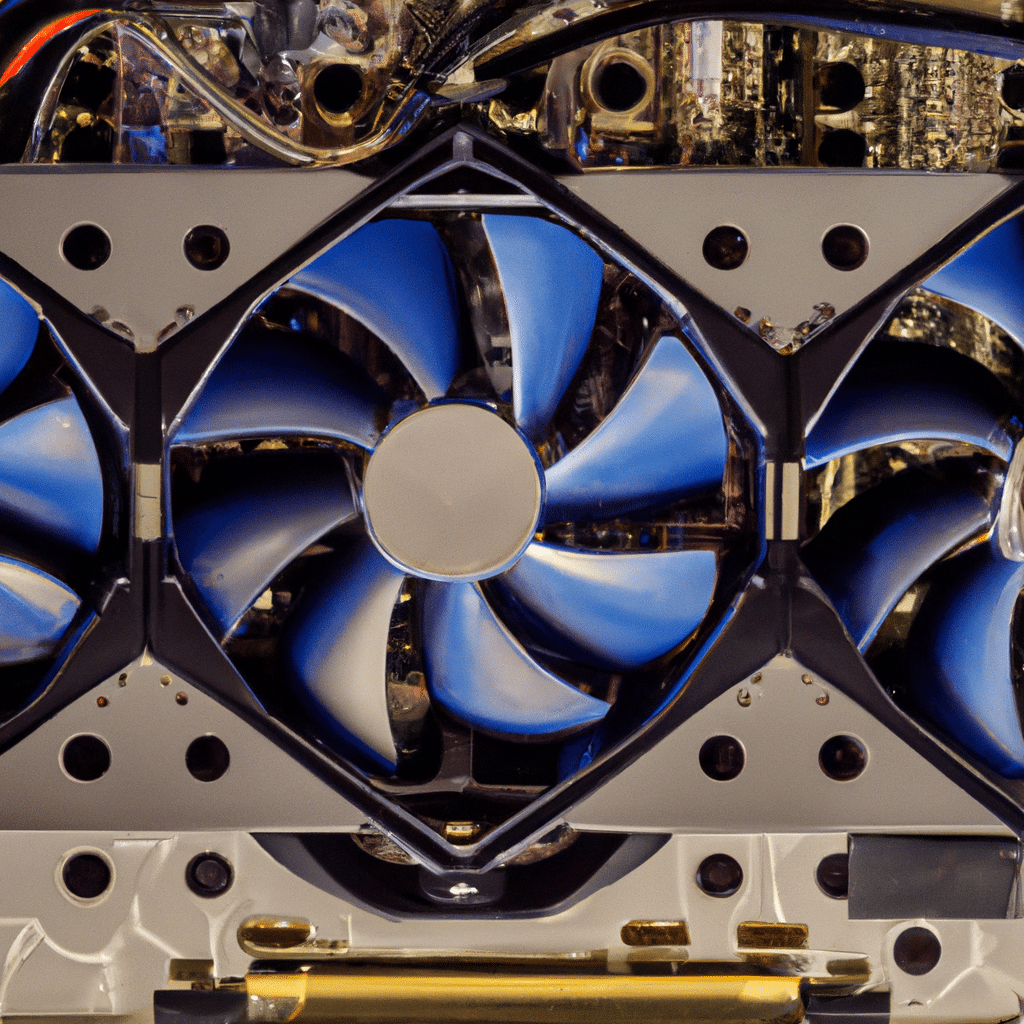Graphics card temperature issues can be a real headache for any gamer or graphic designer. Whether you are gaming or running a high-end graphic design software, your graphics card temperature can significantly affect the performance and longevity of your hardware. In this article, we will discuss some common issues that lead to high graphics card temperatures and provide you with the best solutions to fix them.

Understanding Graphics Card Temperature Issues
Before diving into the solutions, it is essential to understand the reasons behind graphics card temperature issues. Graphics card temperature issues can be caused by several factors, including poor ventilation, dust buildup, outdated drivers, overclocking, poor thermal paste application, and high ambient temperature.
When your graphics card overheats, it can lead to several problems, including reduced performance, system instability, and permanent damage to the hardware. Therefore, it is essential to address the issue as soon as possible to avoid any severe damage to your hardware.
Solutions to Fix Graphics Card Temperature Issues
1. Improve Ventilation and Airflow
One of the most common reasons for graphics card temperature issues is poor ventilation and airflow. When your graphics card is not getting enough air, it can lead to overheating. To fix this issue, you need to ensure that your computer case has adequate ventilation and airflow.
You can do this by installing additional fans, cleaning the existing fans, and ensuring that your computer case is not obstructed by any objects. Additionally, you should ensure that your computer is placed in a well-ventilated room with adequate air conditioning.
2. Clean Your Graphics Card
Dust buildup is another common cause of graphics card temperature issues. Over time, dust can accumulate inside your graphics card and block the airflow, leading to overheating. To fix this issue, you need to clean your graphics card regularly.
You can do this by using compressed air to blow out the dust from your graphics card’s heatsink and fans. Additionally, you can use a soft-bristled brush to remove any stubborn dust.
3. Update Your Graphics Card Drivers
Outdated graphics card drivers can also lead to temperature issues. Graphics card drivers are essential software that helps your graphics card communicate with your computer’s operating system. When these drivers are outdated, they can cause compatibility issues and lead to overheating.
To fix this issue, you need to update your graphics card drivers regularly. You can do this by visiting the graphics card manufacturer’s website and downloading the latest drivers for your graphics card.
4. Avoid Overclocking
Overclocking is a process of increasing your graphics card’s clock speed to improve performance. While overclocking can improve your graphics card’s performance, it can also lead to overheating and damage to your hardware.
To fix this issue, you should avoid overclocking your graphics card. If you want to improve your graphics card’s performance, you can consider upgrading to a higher-end graphics card.
5. Apply Thermal Paste Correctly
Thermal paste is a compound that helps transfer heat from your graphics card’s GPU to the heatsink. When thermal paste is not applied correctly, it can lead to poor heat transfer and overheating.
To fix this issue, you need to ensure that you apply thermal paste correctly. You can do this by cleaning the old thermal paste from your graphics card’s GPU and heatsink and applying a new layer of thermal paste.
6. Reduce Ambient Temperature
High ambient temperature can also lead to graphics card temperature issues. When your computer is operating in a hot environment, it can lead to overheating.
To fix this issue, you need to reduce the ambient temperature of your computer’s room. You can do this by using air conditioning, opening windows, and using a fan.
Conclusion
Graphics card temperature issues can be a real problem for any gamer or graphic designer. When your graphics card overheats, it can lead to several problems, including reduced performance, system instability, and permanent damage to the hardware. To fix graphics card temperature issues, you need to ensure that your hardware is well-ventilated, free from dust, and updated with the latest drivers. Additionally, you should avoid overclocking your graphics card and ensure that thermal paste is applied correctly. By following these tips, you can ensure that your graphics card stays cool and performs optimally.












